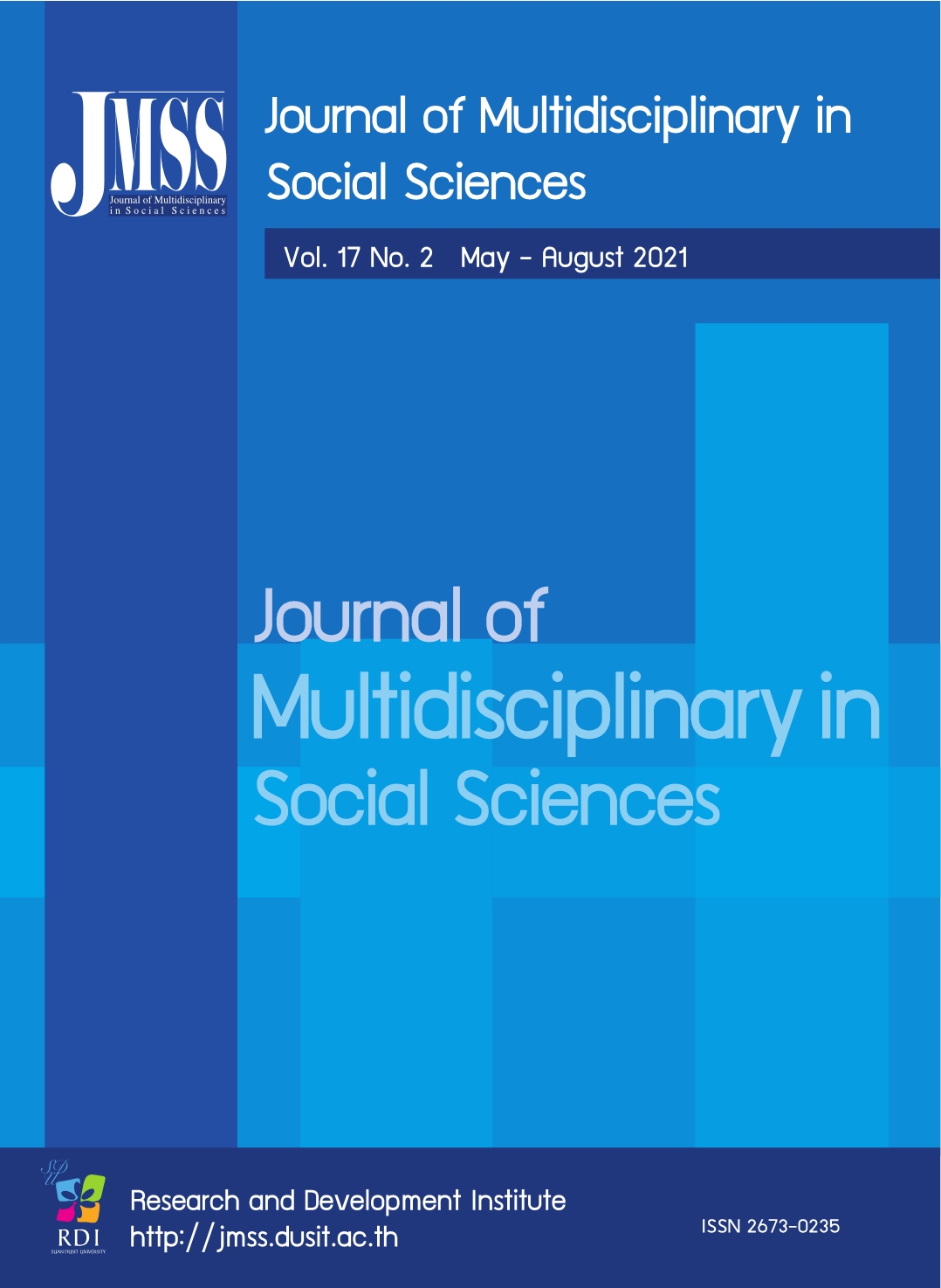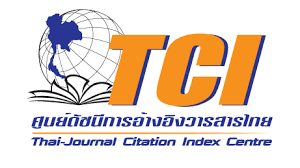Univariate Modelling for Forecasting Residential Electricity Consumption under the Responsibility of the Metropolitan Electricity Authority (MEA)
Keywords:
Residential sector, Forecasting electricity consumption, Univariate modelling, Metropolitan electricity authority (MEA)Abstract
Univariate modelling is employed in this study to forecast the electricity consumption of the residential sector under the responsibility of the Metropolitan Electricity Authority (MEA) over the five-year period from 2021 to 2025 based on time series data and by examining and comparing the effectiveness of three forecasting models. The three models under study are the Holt-Winters’ exponential smoothing, Brown exponential smoothing and Damped trend exponential smoothing. The Mean Absolute Percentage Error (MAPE = 2.35) is used to determine the most suitable and effective model, and the comparative results reveal the Damped trend model to be the most suitable for forecasting electricity consumption in the residential sector. Total electricity consumption from 2021 to 2025 for the residential sector is projected to continuously increase. The annual residential electricity capacity of the MEA shows a continuous decrease when compared to total electricity consumption between 2021 and 2025, with the distributed volume being 1,319.06, 1,004.56, 690.16, 375.85, and 61.64 million kWh, respectively. Due to the continuous decrease in electricity sales will significantly impact the management of electricity production and distribution. Consequently, in the future, the MEA may not have sufficient electricity capacity to meet the consumption demand of the residential sector.
References
Attavanich, W. (2014). Energy Economics. Bangkok: Danex Intercorporation Ltd.
International Energy Agency. (2014). World Outlook Energy 2014. Retrieved June 20, 2021, from www.iea.org.
Klimberg, R. K., Sillup, G. P., Boyle, K. J., & Tavva, V. (2010). Forecasting Performance Measures-What are their practical meaning. Advances in Business and Management Forecasting, 7, 137-147.
Manmin, M. (2006). Time Series and Forecasting. Bangkok: Four Printing.
Metropolitan Electricity Authority. (2020). Classification for Electrical Energy Consumers in the MEA’s area. Retrieved June 20, 2021, from https://www.mea.or.th/
Metropolitan Electricity Authority. (2020). Time Frame for the Electrical Power Station Construction of the MEA. Retrieved June 25, 2021, from https://www.mea.or.th/
Metropolitan Electricity Authority. (2021). Electricity capacity of Residential Sector in the MEA’s area. Retrieved June 25, 2021, from https://mea.or.th/download/127/3393
Power Economic Department. (2021). Historical Time Series Data on the Electricity Consumption of Residential User Sector. Bangkok: Metropolitan Electricity Authority.
Srivastava, U. K., Shenoy, G. V., & Sharma, S. C. (1989). Time Series Analysis, Quantitative Techniques for Managerial Decisions. New Delhi: New Age International (P) Ltd.
Suttichaimethee, P. (2010). Applied Econometrics for Research. Bangkok: Saha Dhammik Co., Ltd.
Downloads
Published
How to Cite
Issue
Section
License

This work is licensed under a Creative Commons Attribution-NonCommercial-NoDerivatives 4.0 International License.








